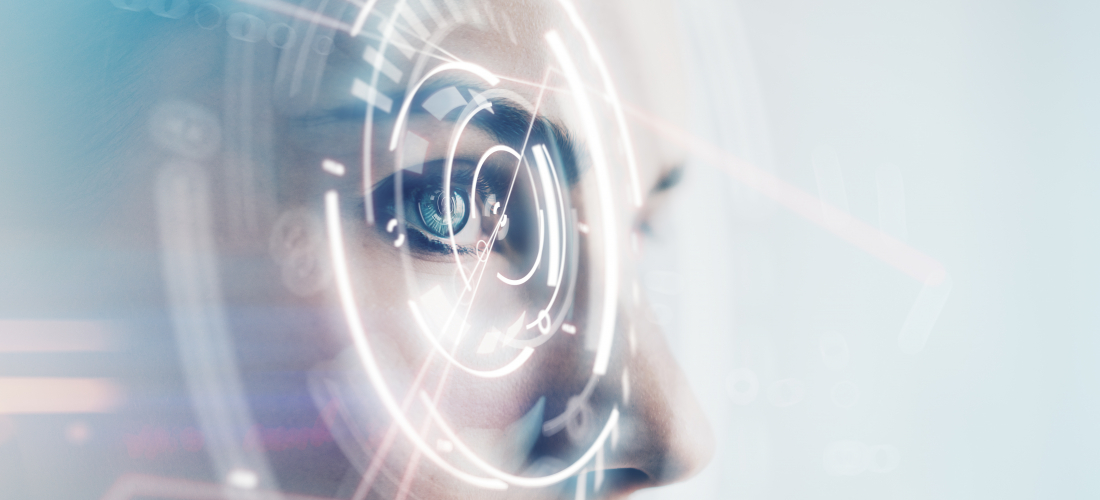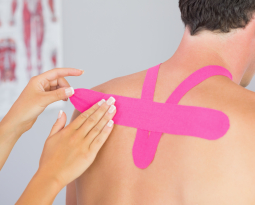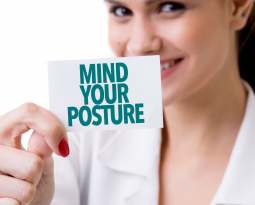
Motor Imagery is Linked to Reversal of Posture Dysfunction
Sports enthusiasts and high level performers have used motor imagery for years. If you ask a ski racer about their course they can tell you every turn and bump along the track, or a gymnast has her floor routine in her memory that she can see with complete clarity.
Before going in to a big business meeting entrepreneurs will often visualize landing a deal. There is no question that motor imagery improves performance. The question is how? And how is motor imagery related to postural design?
Motor imagery is visualization of a motor plan without actual movement. It is more specifically defined as a “dynamic state during which representations of a given motor act are internally rehearsed in working memory without any overt motor output.”
Motor Imagery shares neural mechanisms with actual motor output. For example, the prefrontal cortex, the cerebellum, and the basal ganglia maintain dynamic motor representations in working memory (Decety, 1996).
Motor Imagery and Balance
Researchers evaluated brain activation of patients performing motor imagery of being on a balance board. This was evaluated with functional MRI. Researchers found a pattern consistent with existing somatotopic maps of the trunk for balance and the legs for gait. Meaning that the same pathways were activated for motor imagery as performing the actual movement (Ferraye et al., 2014).
This is an important study because it demonstrates the value of motor imagery for balance training. Many patients who suffer from decreased balance have anxiety about balance training because they have a fear of falling. Performing motor imagery can help them improve their balance, plus lessen their anxiety by imagining themselves maintaining good posture.
Motor Imagery and Posture
Another research study demonstrated decreased postural sway with motor imagery. As patients age it is common to have increased postural sway associated with poor posture and balance. With the utilization of motor imagery patients were able to reverse the direction of postural sway associated with aging (Mitra et al., 2016).
Kinesthetic imagery from a first person perspective has also been shown to reduce postural sway. Researchers found that with motor imagery the patients stimulated muscles associated with the imagined movement (Stins et al., 2015).
The implications of these studies show the importance of motor imagery for all patients, especially patients who are highly compromised and struggle to perform posture rehabilitation. Visualization is not just for high-level athletes before their free throw or penalty kick, motor imagery can also be utilized with your everyday patients.
Motor imagery can help these patients improve their postural stability. Helping patients prevent age-related postural decline and instability is a healthy aging strategy that has no risk to the body, just benefit.
References:
Decety, J. (1996) The Neurophysiological Basis of Motor Imagery. Behavioural Brain Research, 77 p. 45-52.
Ferraye, M. U., Debû, B., Heil, L., Carpenter, M., Bloem, B. R., & Toni, I. (2014). Using motor imagery to study the neural substrates of dynamic balance. PloS one, 9(3), e91183.
Mitra, S., Doherty, N., Boulton, H., & Maylor, E. A. (2016). Age-related reversal of postural adjustment characteristics during motor imagery. Psychology and Aging, 31(8), 958.
Stins, J. F., Schneider, I. K., Koole, S. L., & Beek, P. J. (2015). The Influence of Motor Imagery on Postural Sway: Differential Effects of Type of Body Movement and Person Perspective. Advances in cognitive psychology, 11(3), 77.













